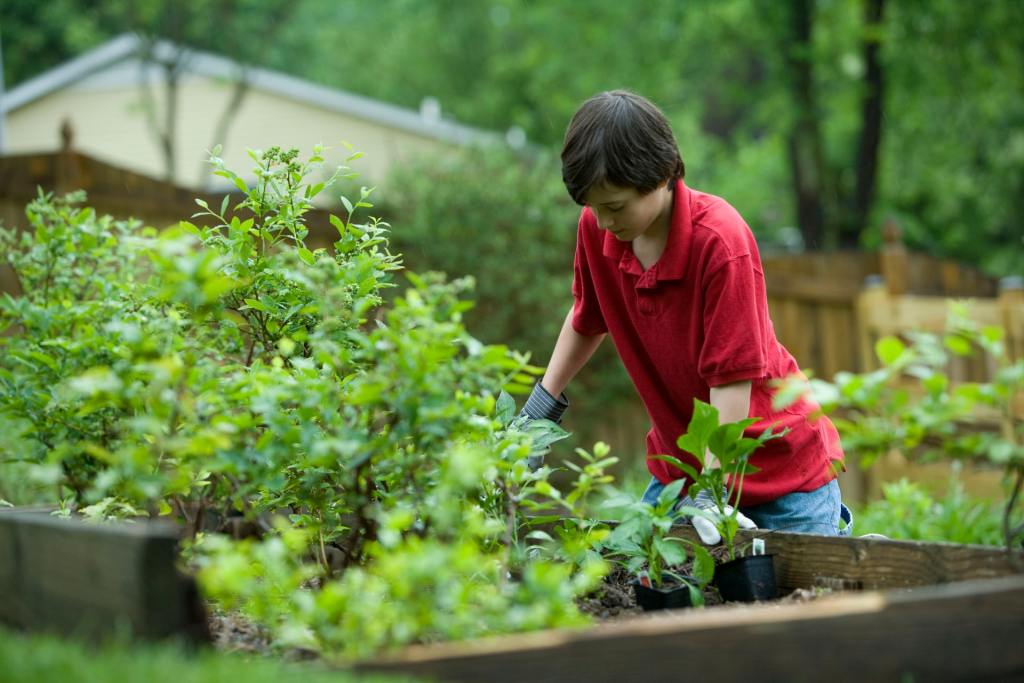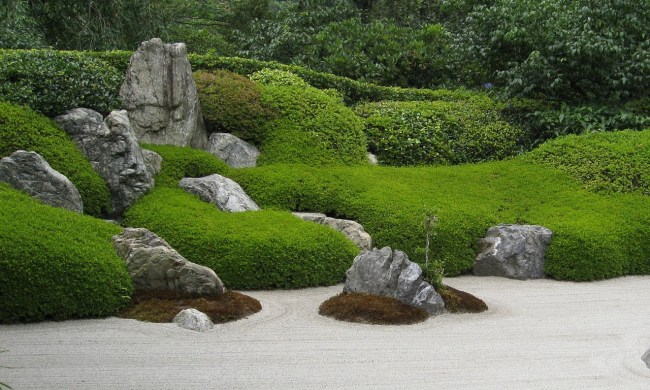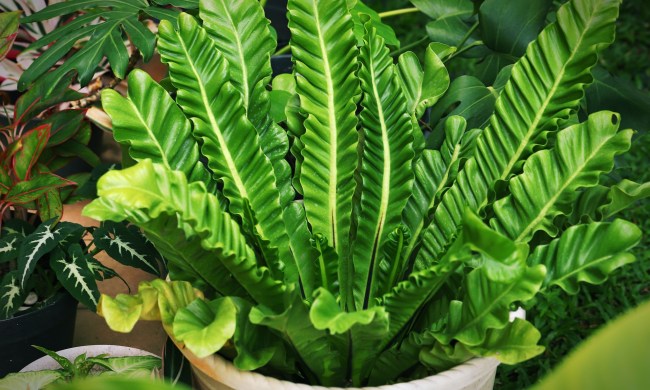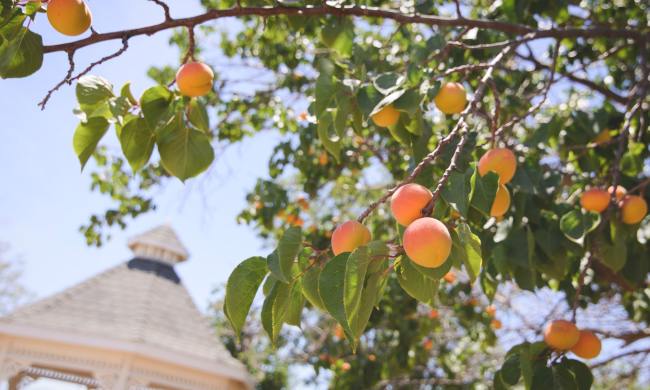You can inspire kids to get into plants by letting them play with seeds and soil, but consider introducing them to media that gets them even more pumped up about gardening. Before they try their hand at growing their own foliage or even food, introduce them to educational series about the fascinating plant world.
Whether you’re searching for kid shows that are all about plants or ones with standout episodes about greenery, there’s a series out there for your family to enjoy. From “The Big Flower Fight” to “The Magic School Bus,” here are kid-friendly shows about gardening and the great outdoors that your kids can stream right now.
Disney+: America’s National Parks
Explore the breathtaking beauty of everything from the Great Smoky Mountains to Saguaro National Park in “America’s National Parks,” a stunning National Geographic project consisting of eight 45-minute episodes. The series gets as intense and graphic as “Life or Our Planet,” featuring animals hunting each other in the great outdoors. Though it has an overall TV-14 rating, most of the episodes are a tame TV-PG suitable for kids under 14.

Netflix: The Big Flower Fight
Introduce your little ones to an appreciation for landscaping through floral and foliage arrangements in “The Big Flower Fight!” The show is set up a little bit like “Making It” or “The Great British Baking Show,” featuring 10 teams of garden designers who compete for a chance to show at London’s Royal Botanic Gardens. The show spotlights plenty of beautiful floral designs that will inspire you to try your hand at garden designing on a smaller scale outside your own home. Showcasing a healthy dose of friendly banter, it has a PG rating, so it’s an appropriate watch for most of the family!
PBS Kids on Amazon: Ready Jet Go!
In “Ready Jet Go!,” neighborhood friends Sean, Sydney, Mindy, and Jet teach viewers all about outer space and the earth. Suitable for kids ages 4 and up, the show’s emphasis is on astronomy, but we also get perspective about life in the context of earth science. Check out episodes about testing a greenhouse (“Potatoes on Mars”) and growing pumpkins in the garden (“That’s One Gigantic Pumpkin, Jet Propulsion!”).
Disney+: Nature Boom Time
Looking for short plant videos for kids? National Geographic’s “Nature Boom Time” consists of five to 10 minute mini-episodes where Charlie, Kirby, and Patrick check out trees all across the nation, exploring everything from forests of California redwoods to the Everglades. Rated TV-G, it’s an educational series for kids of all ages. Learn all about the science and history behind America’s most striking foliage through fun paper cutouts. “Nature Boom Time” conveys information in a way that’s engaging and informative, so it’s a show you can enjoy with the entire family.

Netflix: The Magic School Bus
In this classic PBS show, quirky Ms. Frizzle and her inquisitive class delve into all kinds of worlds with the help of a magic school bus. They explore everything from the inner workings of the human body to the stars of outer space. While the show isn’t exclusively about plants and gardening, it includes plenty of installations about plant growth and the great outdoors. A few episodes to start with include season one’s “The Magic School Bus Goes to Seed” and “The Magic School Bus All Dried Up.” Though it’s appropriate for kids of all ages, adults will also enjoy the series’ offbeat humor.
PBS Kids on Amazon: Sid the Science Kid
The title character in “Sid the Science Kid” wants to know “everything about everything.” Like “The Magic School Bus,” the series covers stories about everything from physical health to math. But many of its storylines do relate to nature, weather, and plants. Episodes such as “The Dirt on Dirt” and “Don’t Forget the Leaves” will teach kids about plants growing. “My Mushy Banana,” for example, breaks down the nitty-gritty of composting. Rated TV-Y, “Sid the Science Kid” is perfect for kids as young as 2.
After checking out episodes from this roundup, we hope that you and your little ones become inspired by all that nature has to offer! Whether they’re about the delicacies of a floral arrangement or the sprawling beauty of the national parks, plenty of kid-friendly streaming shows offer a closer look into the lush plant world.



